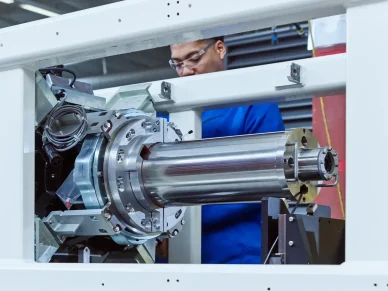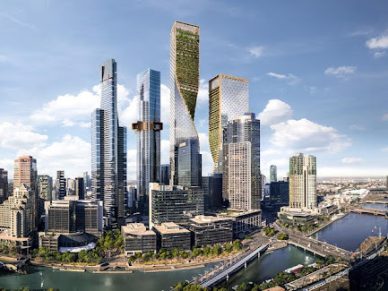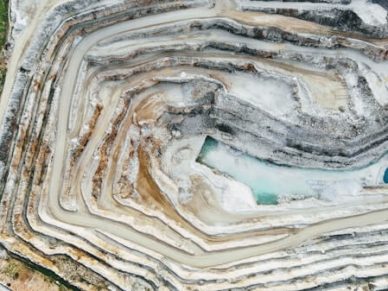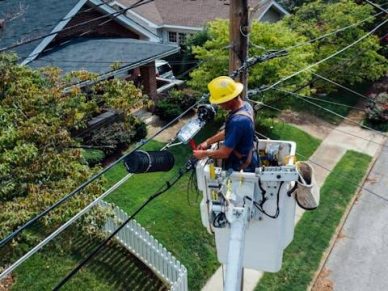A comprehensive breakdown of the mining process and all its intricacies.
The mining process is responsible for much of the energy we use and products we consume. Mining has been a vital part of American economy and the stages of the mining process have had little fluctuation. However, the process of mining for ore is intricate and requires meticulous work procedures to be efficient and effective. This is why we have broken down the mining process into six comprehensive steps.
Prospecting/Surveying
The first stage in the mining process calls for skilled workers or AI to apply their geological knowledge in identifying areas where a particular ore can be found. There are two methods workers and machines can employ during this stage:
Direct Method
- Focuses solely on the examination of deposits found on or near the surface.
- Methods include: visual examination via microscopic study and video prospecting.
Indirect Method
- Applied on deposits found deeper in the land.
- Methods include: radiometric, seismic, and magnetic.
Exploration
In the second stage of mining, core samples are collected for the purpose of evaluating the grade and weight of deposits. Diamond drills are used to obtain samples.
Once the reserve estimation—meaning, the value of the deposit—is determined, a feasibility study must then be conducted to help determine whether to abandon or develop the deposit.
Mine-site Design/Planning
Upon determining to work on the site, the designing and planning stage begins. This process calls for the use of studies that help determine whether the project is:
- safe
- socially responsible
- environmentally sound
- economically viable
Development
This stage of the mining process requires establishing a path to the mineral deposit. That path, however, requires more than excavation.
In order to even begin work, mining rights must be acquired, access roads must be constructed to help workers navigate the site, and a power source must be established.
Production
Once these elements are obtained, the physical mining process—or, the first step of production—begins. The mining process can be broken down into two categories:
Surface Mining
Workers begin by striping the overburden, which is rock, soil, and ecosystem that lies above the surface.
Underground mining
The digging of tunnels and sink shafts when the ore—or mineral deposit—is below the surface. Hand tools such as chisels, hammers, and wedges are used to break up waste rock, Sometimes, areas must even be blasted in order to loosen rock so workers can more easily separate the ore from the waste rock—which are mined separately.
The next step, once the ore is excavated, is to separate the waste rock and ore using primary crushers, located at the open pit mine site. At this point, larger rocks are broken down to a size better suited for the conveyor belt to transport.
From there, the ore is transported to a separate facility for smelting, which is:
The process of melting the ore concentrate in a furnace to separate the metal. Then, the ore is poured into molds to make bars of bullion.
Closure/Reclamation
Once the ore has been processed and shipped away for sale, the final step of the mining process begins. The land which was used to obtain these resources must be rehabilitated as much as possible. The objectives of this process include:
- minimizing environmental effects
- ensuring public health and safety
- preserving water quality
- establishing new landforms and vegetation
- removing waste and hazardous material
- stabilizing land to protect against erosion















